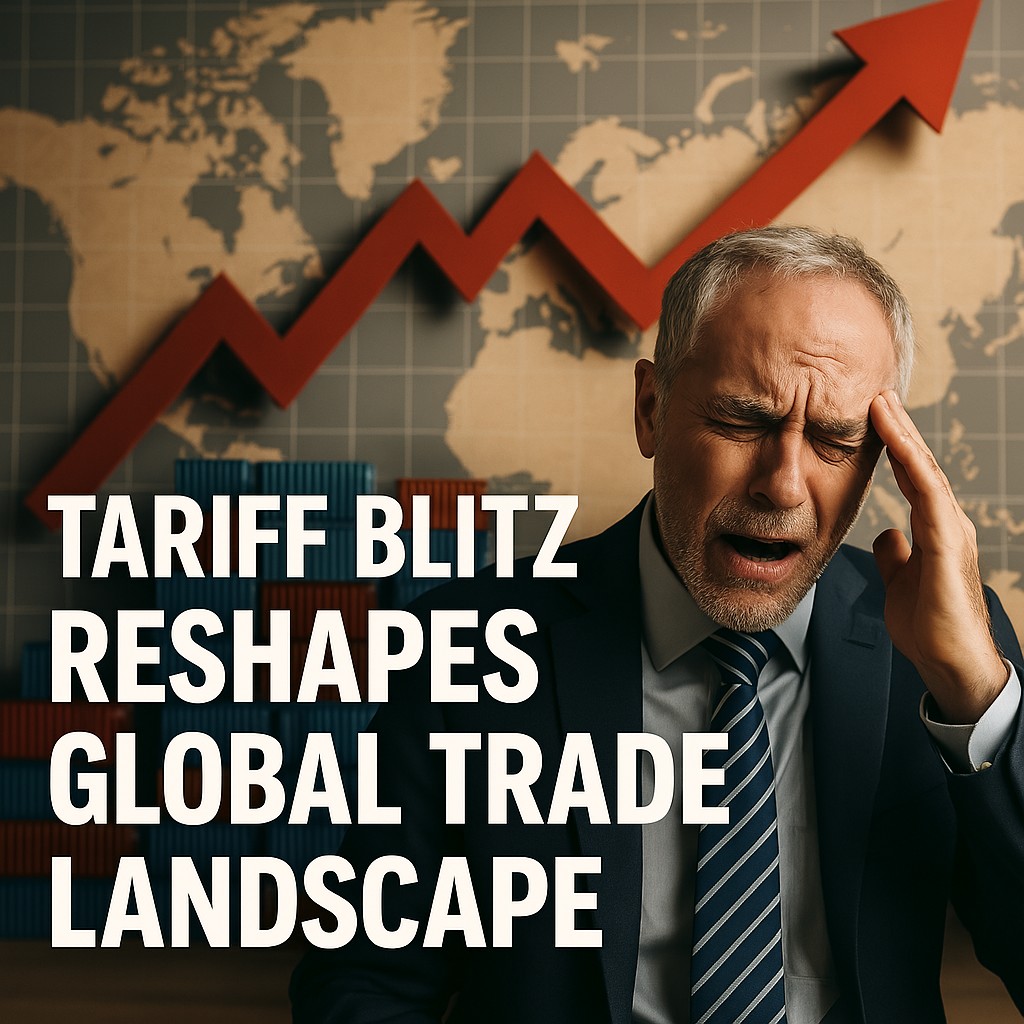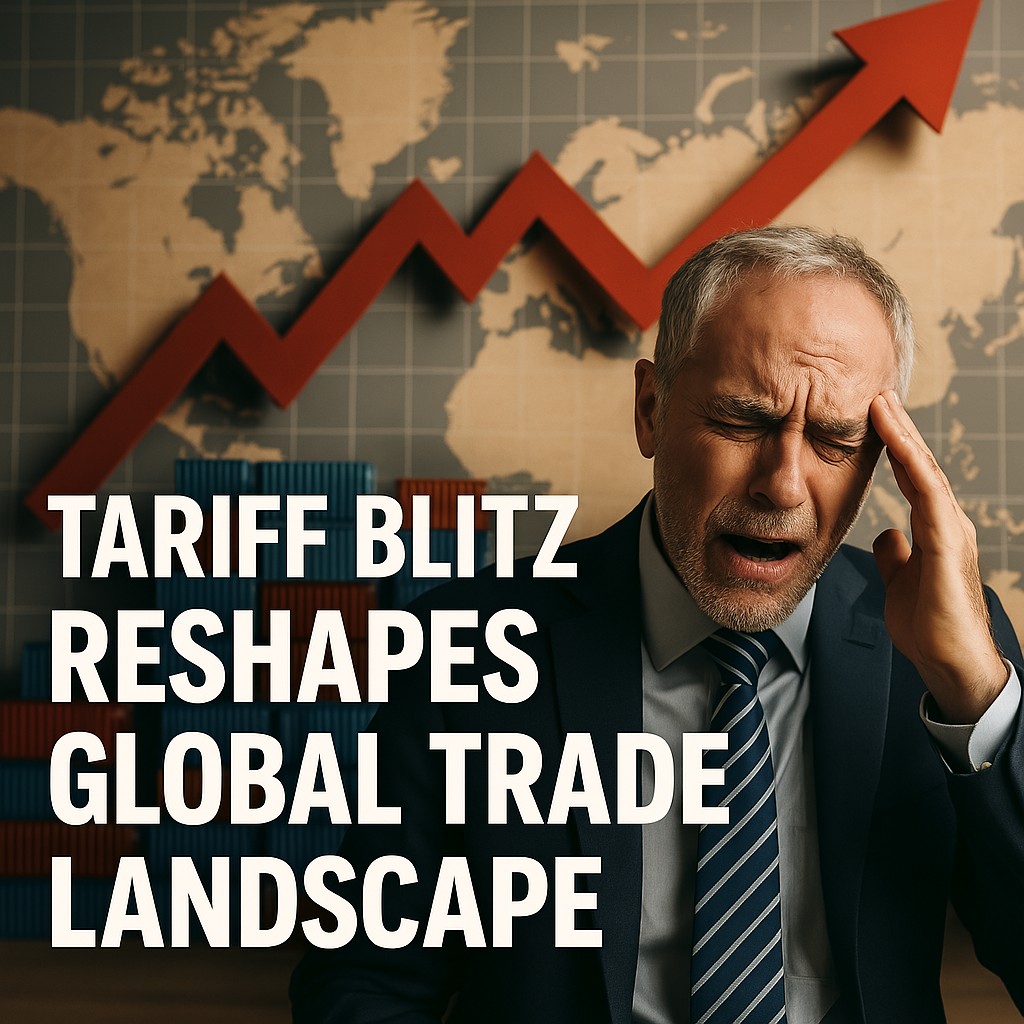
The tariffs—ranging from 25% to 40%—will take effect August 1 and cover electronics, automotive components, and agricultural imports. Trump emphasized the need to “rebalance unfair trade deals that hollowed out American industry,” citing decades of outsourcing and foreign subsidies.
On his first Asia trip, Secretary of State Marco Rubio faced a frosty reception in Kuala Lumpur, where ASEAN ministers expressed concern over the tariffs. Yet Rubio doubled down, stating, “America’s strength lies in its independence, not in appeasing global bureaucracies.”
Critics argue the tariffs risk alienating allies and destabilizing supply chains. But supporters see a bold recalibration of U.S. priorities, favoring domestic resilience over global entanglements.
The administration also hinted at further action against BRICS nations aligning with “anti-American policies,” signaling a broader ideological shift in trade diplomacy.
This assertive posture marks a return to economic nationalism, with Trump leveraging trade as a strategic deterrence tool. Whether it leads to renegotiated deals or retaliatory measures remains to be seen—but the message is clear: America First is back and unapologetic.




